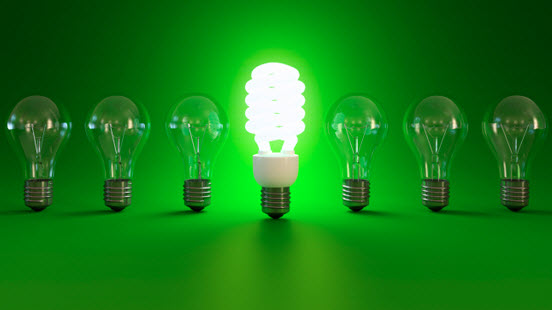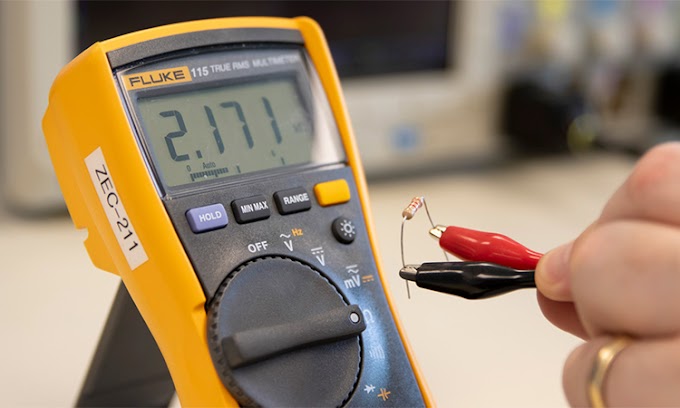Energy efficiency is described as the reduction of a product's energy consumption without affecting its performance, final response, or user comfort levels. As compared to a product that uses more energy to perform the same purpose, and energy-efficient product uses less energy.
The lighting sector's energy efficiency provides the needed illumination level of the lighting scheme for the application for which it was built while using the least amount of energy. Simply put, energy-efficient lighting saves power while maintaining a high level of light quality and quantity.
Traditional lamps (such as incandescent lamps) are replaced (or re-lamped) with energy-efficient lamps such as fluorescent lamps, CFL lamps, and LED lamps for energy-efficient lighting. It also includes lighting controls such as timers, PIR and ultrasonic sensors-based controls, and so on.
It involves automatically turning off lights when they are not in use, particularly during daylight hours. Electronic chokes are used instead of ballasts in traditional lighting, and electronic circuitry is used to achieve dimming of lights when necessary.
Equitel Franchise, which is a renowned power sector consultant in Kolkata has also come up with great energy-saving lighting solution for various important industrial sectors such as TATA, Larsen & Tuobro, NTPC, WBSEDCL, NHPC, etc in India. These energy-saving schemes can be used for both exterior and internal lighting in residential buildings. External lighting, internal lighting for residential buildings, and internal lighting for industrial buildings will all benefit from these energy-saving schemes. These programmes not only minimise energy usage, but also improve lighting efficiency, improve safety and employee well-being, and reduce environmental impacts.






0 Comments